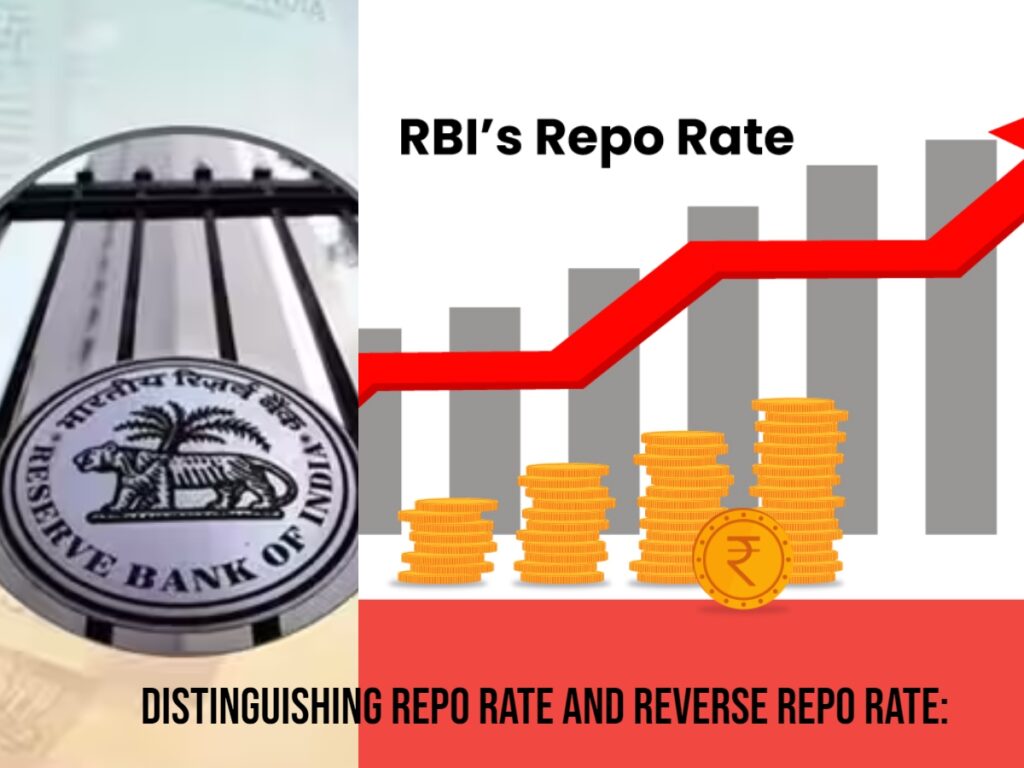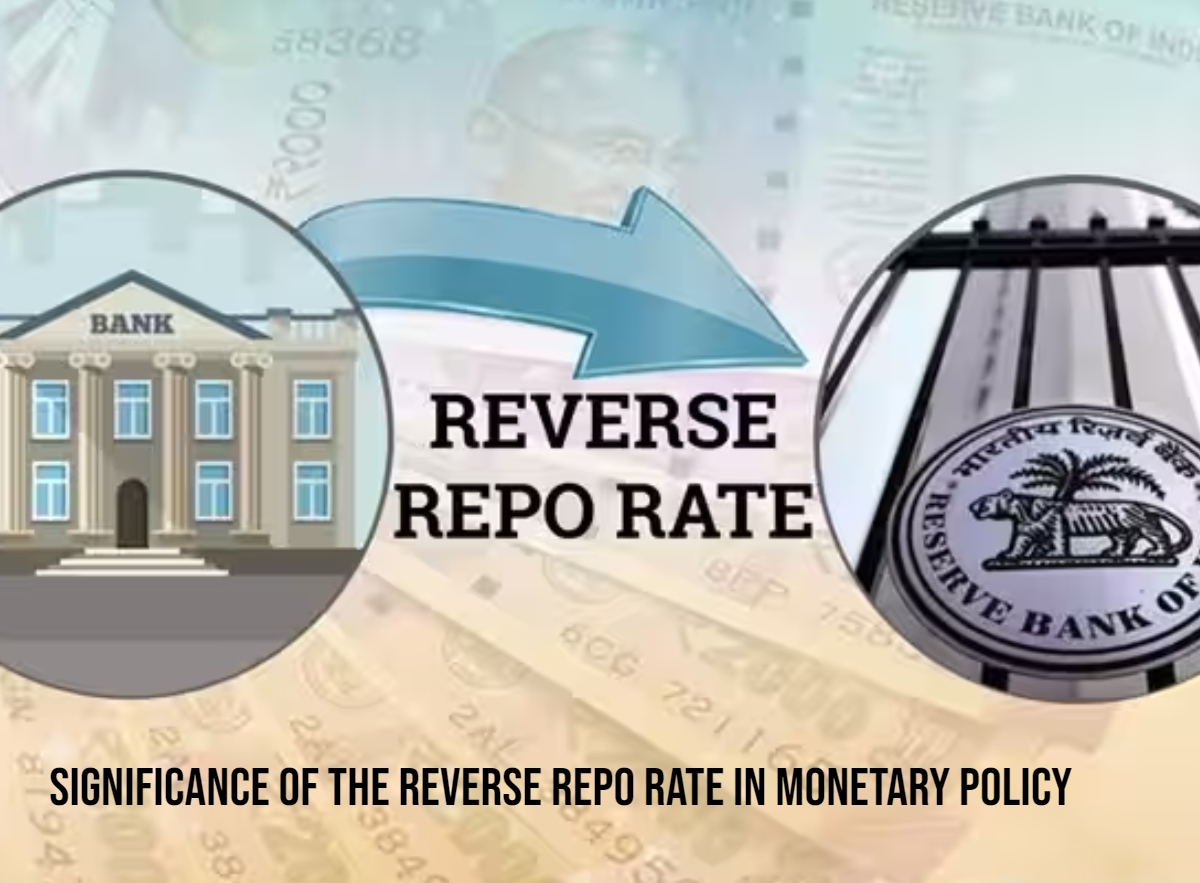Introduction:
The reverse repo rate plays a pivotal role in the monetary policy framework of the Reserve Bank of India (RBI), serving as a tool for managing inflation and liquidity. This article delves into the intricacies of the reverse repo rate and its impact on the financial landscape.
Definition and Purpose:
The reverse repo rate is the interest rate at which the RBI borrows short-term funds from commercial banks, fostering a secure avenue for banks to invest their surplus capital. Aligned with the Liquidity Adjustment Policy, its primary objective is to regulate inflation and liquidity in the Indian economy. As of October 23rd, the current repo rate and reverse repo rate stand at 6.50% and 3.35%, respectively.
Distinguishing Repo Rate and Reverse Repo Rate:

In contrast to the repo rate, where banks borrow from the RBI, the reverse repo rate entails banks placing their excess funds with the RBI, earning interest in return. The infographic below highlights the key disparities between these two rates, emphasizing their distinct roles in monetary policy.
Features and Mechanism:
Key features of the reverse repo rate include its role as a monetary policy tool, influencing liquidity levels in the economy. A rise in the reverse repo rate diminishes liquidity, as banks are incentivized to invest with the central bank, while a decrease stimulates liquidity by encouraging banks to lend more. The reverse repo rate consistently remains lower than the repo rate.
Importance and Impact:
The reverse repo rate is crucial for the RBI in managing money supply. By enticing banks to park their funds with the RBI, it helps decrease liquidity, addressing inflation concerns. A higher reverse repo rate strengthens the rupee by reducing the money supply in the economy.
Controlling Money Flow:
The reverse repo rate controls the flow of money by motivating banks to keep their surplus funds with the RBI on a short-term basis. This process, guided by the Liquidity Adjustment Facility (LAF), involves the overnight backing of eligible government securities.
Income Generation and Decision-Making:
The repo rate is deliberately set higher than the reverse repo rate, allowing the RBI to earn more when lending to banks. The Monetary Policy Committee (MPC), led by the RBI Governor, determines the reverse repo rate every two months during the Monetary Policy Committee meeting.
Impact on Home Loans:
Changes in the reverse repo rate can influence home loan rates. An increase may lead banks to raise home loan rates, favoring secure government-backed securities. Conversely, a decrease in the reverse repo rate may contribute to lower home loan rates.
Inflation Control and Currency Strength:
The reverse repo rate is a powerful instrument for controlling inflation. Increasing the rate encourages banks to keep excess funds with the RBI, reducing money in circulation. Additionally, a higher reverse repo rate strengthens the rupee by curbing lending to individuals and businesses.
Conclusion:
The Reserve Bank of India strategically employs the reverse repo rate to manage funds distribution and borrowing, ensuring a balanced monetary environment. The nuanced relationship between the repo rate and reverse repo rate underscores their pivotal roles in shaping India’s monetary policy landscape.

